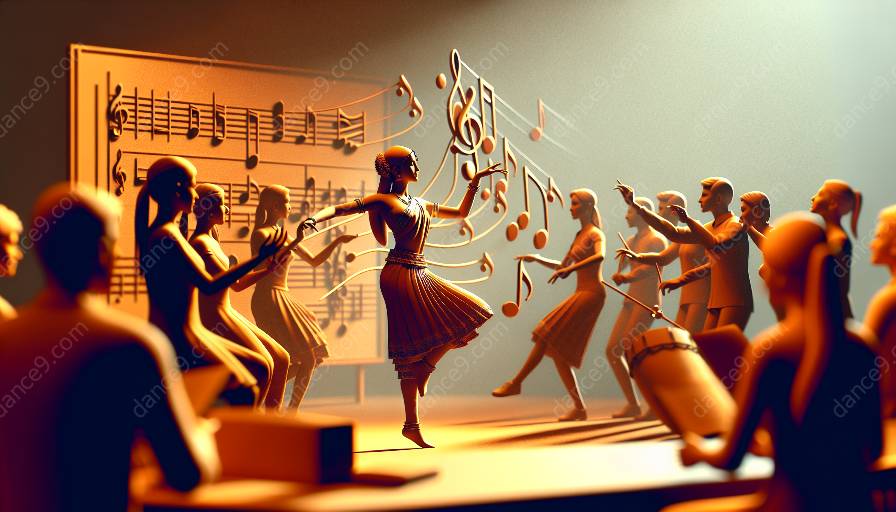Technology has played a significant role in reshaping the landscape of music and dance education, acting as a bridge that connects the two art forms in innovative ways. This article will delve into the interplay between technology, music, and dance, and how it is redefining traditional teaching methods and practice, offering new avenues for creativity and expression.
The Relationship Between Music and Dance
Music and dance are intertwined in a symbiotic relationship, influencing and inspiring each other in profound ways. The rhythm, melody, and mood of music serve as the foundation for movements and choreography in dance, while dance, in turn, can amplify the emotional and visual impact of the music, creating a multisensory experience for both performers and audiences.
Historically, the fusion of music and dance has led to the development of various dance forms, such as ballet, jazz, and contemporary dance, each closely tied to specific musical genres and styles. The dynamic interaction between music and dance has given rise to an array of collaborative performances and artistic expressions, highlighting the mutual dependency and transformative power of these art forms.
Technology's Influence on Music and Dance Education
The integration of technology in music and dance education has redefined the learning process, offering diverse tools and platforms for students and educators to engage with both art forms more comprehensively. From virtual reality simulations of live performances to interactive music composition software, technology has enriched the educational experience, enabling students to explore the nuances of music and dance in new, immersive ways.
Furthermore, the accessibility of online tutorials, video demonstrations, and digital libraries has democratized the learning of music and dance, making it possible for aspiring artists to access a wealth of resources and expert knowledge regardless of their geographical location.
Advancements in Technology Shaping Dance Studies
Technology has also had a profound impact on dance studies, revolutionizing the way researchers and scholars analyze, document, and preserve the history and evolution of dance. Digital archives, motion capture technology, and interactive multimedia have facilitated the study of movement aesthetics, cultural dance forms, and choreographic innovations, providing a comprehensive understanding of the artistic, cultural, and historical significance of dance.
Moreover, technology has expanded the realm of collaborative interdisciplinary research, fostering partnerships between dancers, musicians, technologists, and scholars to explore the convergence of music and dance in contemporary and experimental contexts.
The Future of Music and Dance Integration
Looking ahead, the integration of music and dance education through technology is poised to continue evolving, offering boundless possibilities for artistic expression, pedagogical innovation, and audience engagement. As technology advances, the lines between music and dance are expected to blur further, giving rise to new hybrid art forms and transformative experiences that transcend traditional boundaries.
Ultimately, the synergy between technology, music, and dance presents an exciting frontier for artistic exploration and educational empowerment, promoting inclusivity and creativity across diverse communities and cultural landscapes.

















